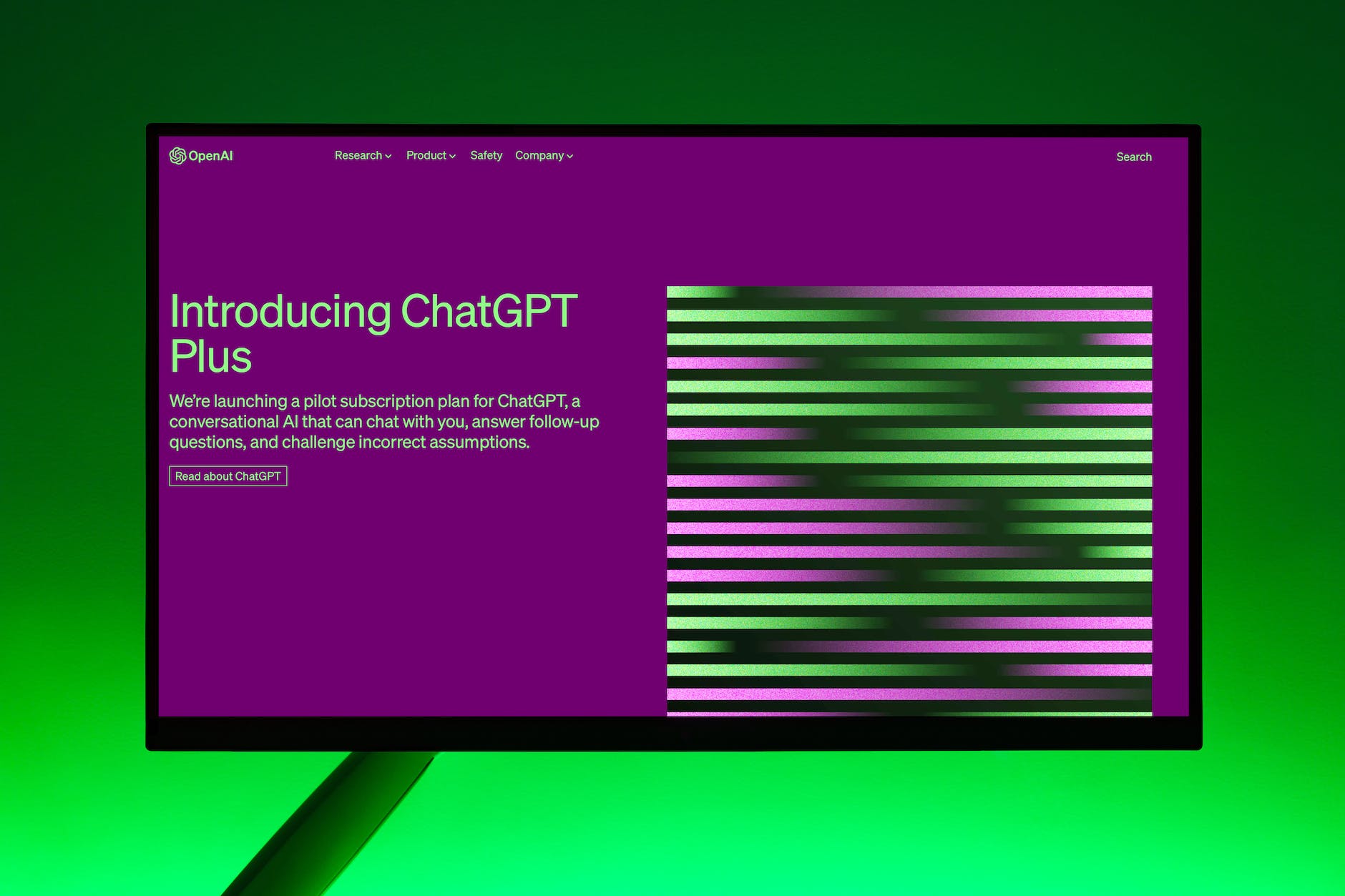
We’ve all been there. An ember of a memory of the perfect case or statute we read a few days ago faintly glows. It’s the tantalizing last vestige of a source whose value we failed to initially recognize.
Cases and other resources we too hastily reject may not be lost forever. We can find traces of them through an analysis of our research history on our commercial research databases, or by wading through our recent internet browsing history. We might even have names at the tip of our tongue: Hammer v. Safeway? Annoyer v. Peff? But mining the lost, mislaid, or abandoned gems can become very taxing, and it takes up precious research time.
The Ross-Blakley reference librarians have suggestions for keeping track of your research (often referred to as a research trail) to make sure you don’t wander lost again!
- Keep a research log. This can be handwritten or electronic – choose a method/tool that works best for you. We have seen Excel work for this, as well as simple Word docs, or even printouts of cases stored in a tabbed binder. Even if you cross off a case or other source because it doesn’t seem to have much connection to your legal issue at first blush, the law can take you strange places, and you may want to revisit those sources later. Pro tip: Track the case name, key facts, holding, and key reasoning to create an explanatory parentheticals efficiently later.
- Follow a trusted secondary source. It’s dangerous to go alone! Long, convoluted case opinions are trying to resolve a legal dispute, where legal treatises, encyclopedias, and hornbooks succinctly and efficiently explain how legal rules operate in practice. Researching beginning with cases can lead you down unfortunate rabbit holes so we recommend starting with a secondary source 100% of the time. Westlaw and Lexis have excellent secondary sources; the ASU Library catalog is another resource for accessing secondary sources such as legal treatises, journals, and more.
- Utilize highlights, notes, folders, and sharing. Westlaw, Lexis, and Bloomberg all have folder systems in which you can save materials to access easily later. To highlight and take notes in Westlaw, just select a passage of text and when you let go, you’ll have an option to highlight or make a note. You can then save your highlighted, annotated case into a folder, where your notes will be preserved. Lexis has similar features, with the history button on its homepage and in the top bar on every page, and with the “Folders” button hidden under the “More” option in the top right corner. Both databases enable you to copy passages into Word or Excel documents by highlighting them and clicking on Copy with Reference (Westlaw) or Copy (Advanced) (Lexis).
- Meet with a Law Librarian to get tips on how to research efficiently and confidently. We can help guide you to secondary sources, help you navigate folders, highlights, and notes, and discuss best practices for research to help you on your journey toward a completed memo or GWR paper.
Andrea Gass, Reference Librarian



